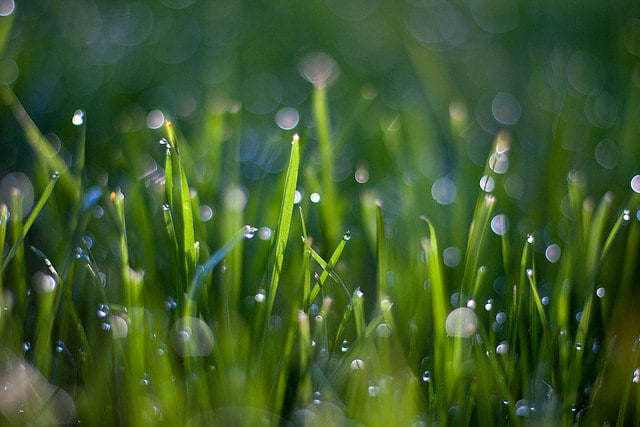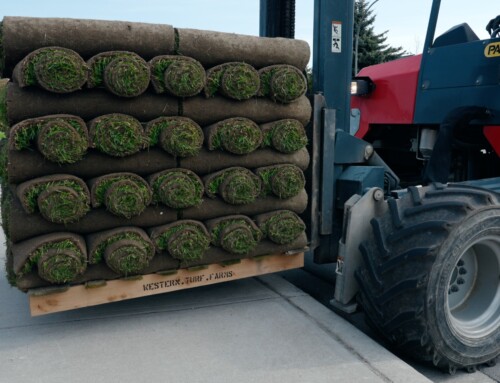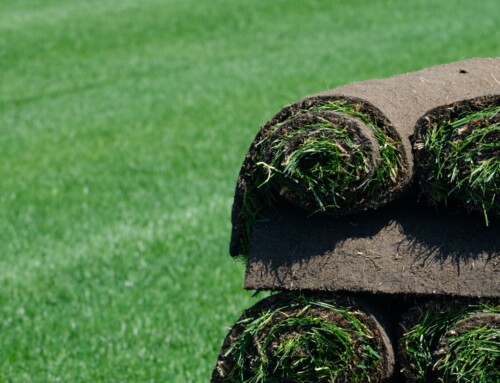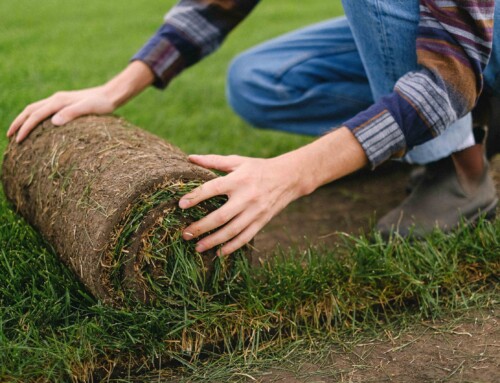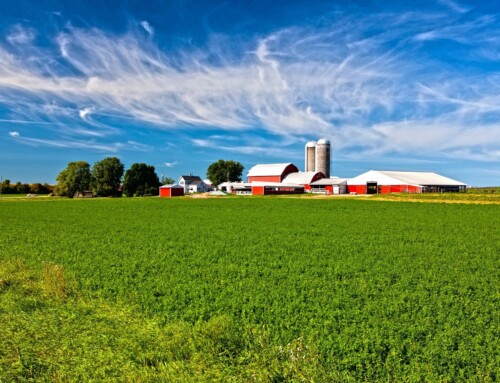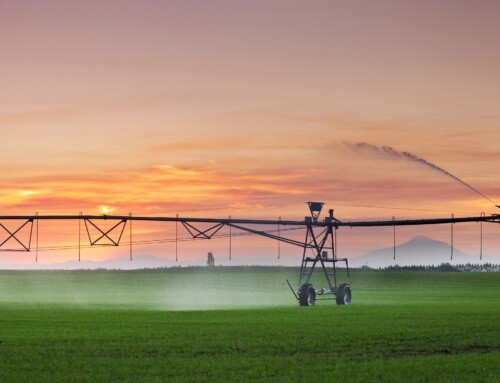Be Eco Friendly with Drought Resistant and Low Water Sod
It could be a hot, dry summer – and putting our low-water sod on your home lawn can help you weather a perfect storm of climate change and government regulation. Are you ready for the new water restrictions in your area that have come into effect?
Living anywhere close to British Columbia’s wet west coast, you might think we’re immune to the emergency drought regulations impacting our California cousins. Unfortunately, while it may rain a whole lot out here (though less so in the BC interior and adjoining Alberta), we’ve got a problem storing it.
We don’t have enough reservoirs to ensure everyone in the Vancouver area’s burgeoning population centers gets enough for their lawns – so as we reported last year, new water-saving regulations have come into effect in the Metro Vancouver area – and plenty of municipalities east of there already have stringent rules. Regulations may vary in your area, but many areas will follow this watering schedule, in effect until September:
Residential addresses
Even-numbered addresses: Mondays, Wednesdays, and Saturdays during 4:00am – 9:00am
Odd-numbered addresses: Tuesdays, Thursdays, and Sundays during 4:00am – 9:00am
Our Low-Water Sod can be the solution for your home lawn.
How Our Low Water Sod Helps You Save Water – and Dollars
Some quick answers to questions we get about our Low-Water Sod
How much water can we save by using Low-Water Sod?
Your average home lawn needs watering 3 to 4 times a week (though if your landscaper has put in pure sand as topsoil, that number goes up – organic soil with compost tends to absorb more water). With Low-Water Sod, you can reduce that to just once a week – well within the constraints of the new water-saving rules. You’d be reducing your water use by up to 75 percent!
Shouldn’t I water it more than once a week, just in case?
Absolutely not. This Low-Water Sod only needs a much smaller intake of water per week. Overwatering your lawn can actually ruin it, leaving it susceptible to disease, fungus and pests.
How do I know my grass is under stress?
If your lawn is getting thirsty, the first sign is that the grass starts turning darker (dark-green to black). When you step on it, it doesn’t ‘bounce back’ very fast.
Let’s say I’m away and I neglect to get a landscaper to take care of my lawn. It starts getting dried-out… How long would it take for the lawn to come back, with proper care?
It depends on how bad it is, but if you’re just dealing with some dry spots, you can nurture your lawn back to health in as little as 3 to 4 weeks. Of course, repeated neglect can take its toll.
What’s the point of no return, where I’ll just need to order new sod to replace my poor neglected lawn (I could have sworn I set up the sprinklers on a timer before I left…)?
If your lawn is completely brown and has a texture like dried-out straw, it’s not coming back. It’s time to put in new sod (and water it, this time – low-water does not equal no-water).
What’s the price difference between low-water sod and the most popular sod you sell?
It’s virtually the same price, with a premium of just 15 to 20 cents a yard difference. You’re getting a quality, low-maintenance lawn for just a fraction of the total value.
How do I know if I live in an area that needs low-water sod?
As rainy as the west coast is, it’s sometimes hard to visualize the stark difference in the BC interior, which is much more arid. That said, there are even parts of the Lower Mainland where drier micro-climates can take hold. We recommend that you check out your local municipal bylaws for advice on local climate conditions.
What Low-Water Sod varieties do you sell?
Our Kentucky Bluegrass sod has excellent drought resistance and is also noted for its lush green color. Our Fescue blend can thrive even in very dry conditions like the BC interior.
Need help deciding which Low-Water Sod product to buy – or have questions about pricing or scheduling delivery? Contact us today

